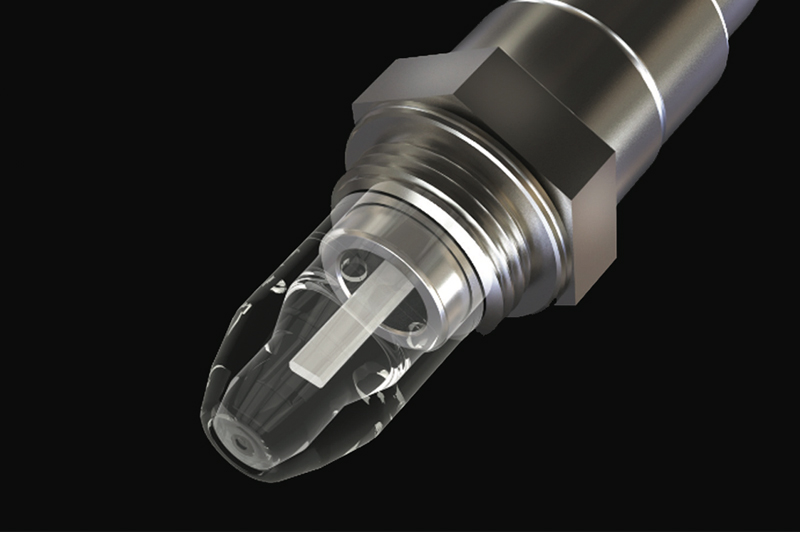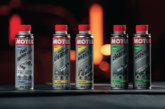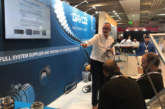
Denso’s Pan European Strategic Marketing Manager, Fatiha Laauich, discusses the benefits of the company’s ‘smart consolidation’ concept.
The European aftermarket has always been tremendously adept at evolving to remain competitive in a business landscape driven by fast-changing technology. Workshops demonstrate this daily, with an ever-growing diagnostic knowledge and ability to carry out repairs using the right tools and methods. To offer this full-service package to their customers, they rely on access to the correct parts.
Thanks to continual advancements by parts manufacturers, there is a trend for factors to stock a smaller but just as widely applicable range of parts, enabling them to meet their customers’ needs while reducing their overheads.
The challenge for these factors comes in working out how far they can reduce their stock without compromising their offering to workshops, or inadvertently introducing issues with fitting or efficacy.
That’s where our concept of ‘smart consolidation’ comes in: merging products in a range just enough for factors and workshops to benefit, but not so much that they experience problems.
Lambda sensors: An optimised offering
Let’s look at one component where smart consolidation is already at work: lambda sensors. Some manufacturers have identified these parts as a target for range consolidation, and with their variety of wire lengths and fit types, it is easy to see why.
Lambda sensors are a crucial component, not only for optimising engine performance, but also for reducing a car’s emissions – something the entire industry knows to be important in the context of global governments’ climate goals. Therefore, their performance cannot be compromised.
Consider a group of 10 different OE sensors, which all share an identical sensor core, connector type and pinout. The only differences are wire lengths. Here, Denso puts smart consolidation into practice by selecting only three optimised wire lengths, thereby greatly improving the stock efficiency of servicing all related vehicles.
As a result, workshops can ensure maximum vehicle coverage without having to buy a prohibitive amount of stock. Having fewer parts in the workshop makes technicians’ lives easier, and the right parts result in efficient and error-free fitting.

When is a saving not a saving?
Would it be possible to take the concept further and reduce the range all the way down to one cable? In theory, yes, and other manufacturers have indeed done this. However, reduce the range too much, and the constraints start to outweigh the benefits. In the case of the example in the diagram (Fig. 1), the longest possible length would mean an excessive wire length that needs to be secured when the car is running (with cable ties, for example). With high temperatures, fast moving parts, and heavy vibrations, wire harness fixation is a safety and reliability issue that Denso is not prepared to compromise on. In general, the company doesn’t allow wire to be more than 35% over length.
Others in the aftermarket do not apply such a limit, and may even permit wire that is more than 100% over length.
The most extreme version of consolidation is universal fit sensors. Such sensors will always require additional preparation time by cutting the wires to length and splicing them onto the original wire and connector. When done correctly, this provides a perfectly reliable result. Additionally, there are many ways that a less experienced technician could make a mistake, such as confusing any of the four wire connections, or using a wrong method of connection.
If any of these occurs, it goes without saying that the sensor will not work properly, which will be noticeable in the car’s driveability and fuel consumption.







